Israeli architecture encompasses a diverse range of styles and influences due to the country's rich history, cultural diversity, and modern development. It draws inspiration from various periods, including ancient Jewish, Islamic, Ottoman, British Mandate, and contemporary architectural trends. Here are some key characteristics of Israeli architecture:
-
Modernist Influence: Israeli architecture has been significantly influenced by modernist principles, particularly during the early years of the state's establishment. Modernist architects sought to create functional, efficient, and egalitarian spaces that reflected the ideals of the young nation.
-
Bauhaus and International Style: Tel Aviv is renowned for its collection of Bauhaus and International Style buildings, earning it the nickname "The White City." These buildings, designed mostly by German Jewish architects who immigrated to Israel in the 1930s, feature clean lines, flat roofs, white facades, and large windows. They emphasize simplicity, functionality, and the use of new materials like reinforced concrete.
-
Regional and Cultural Influences: Israeli architecture incorporates regional and cultural influences, reflecting the country's diverse population and historical context. Elements of Middle Eastern, Mediterranean, and Levantine architecture can be seen in various structures, such as arches, courtyards, domes, and decorative motifs.
-
Preservation of Historical Sites: Israel is home to numerous historical sites and religious landmarks, which have been preserved and restored over the years. Ancient ruins, sites, and religious structures play a significant role in shaping the architectural landscape. Examples include the Western Wall in Jerusalem, Masada, and the Old City of Acre.
-
Sustainable Design: Given Israel's arid climate and focus on environmental sustainability, many contemporary buildings incorporate green design principles. This includes features like solar panels, rainwater harvesting systems, energy-efficient technologies, and passive cooling techniques.
-
Religious Architecture: Israel is a land of religious significance for Judaism, Christianity, and Islam. As a result, religious architecture plays a prominent role in the country's architectural landscape. Synagogues, churches, and mosques are designed to reflect their respective religious traditions and often feature unique architectural elements and decorative details.
-
Urban Renewal: Israeli cities have undergone significant urban renewal projects, revitalizing older neighborhoods and transforming them into vibrant cultural and commercial hubs. These projects often blend modern design with historical preservation, creating a harmonious integration of old and new.
-
High-Tech Architecture: Israel is known for its technological advancements and innovation. This influence can be seen in contemporary high-tech architecture, characterized by sleek designs, advanced materials, and cutting-edge technologies. Examples include high-tech research centers, start-up incubators, and tech campuses.
This is one of the forty original architectural styles based on which I generated references for the interior and exterior of the target building.
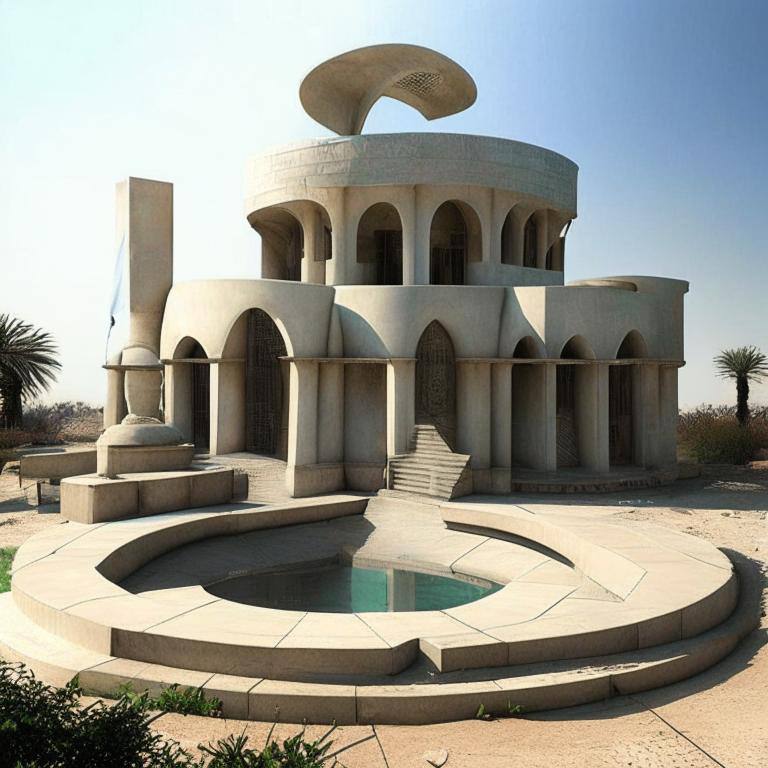
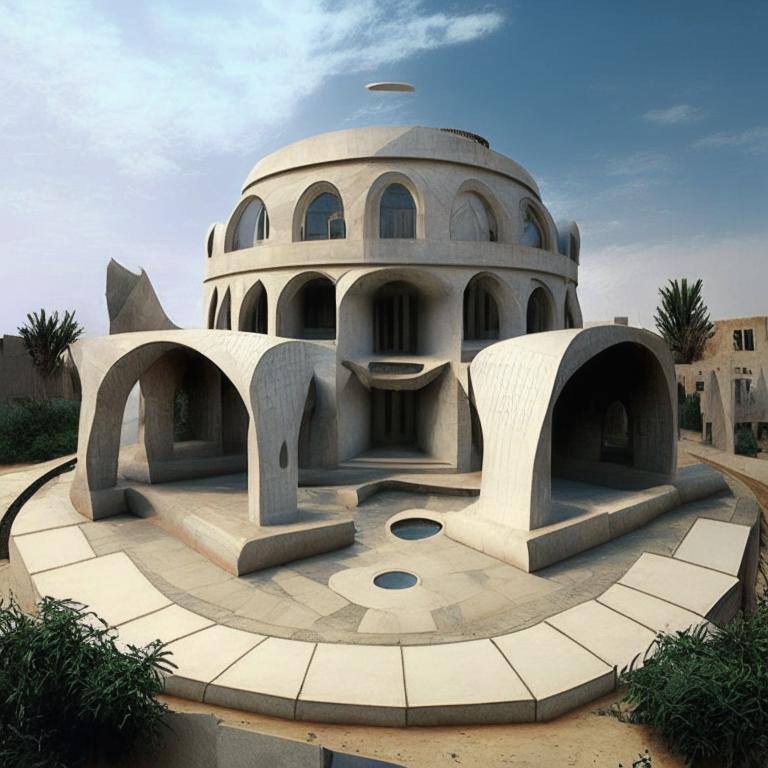
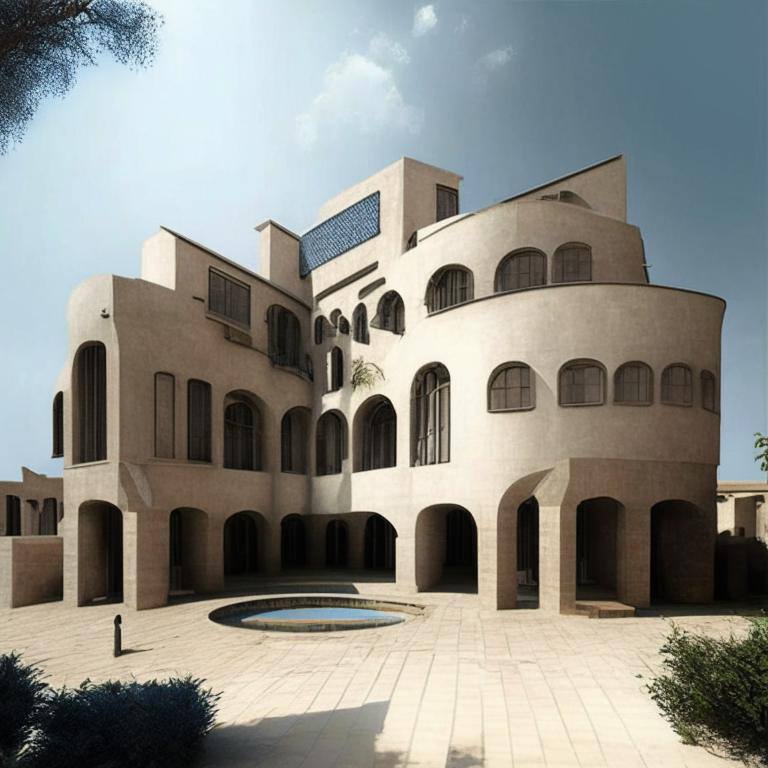
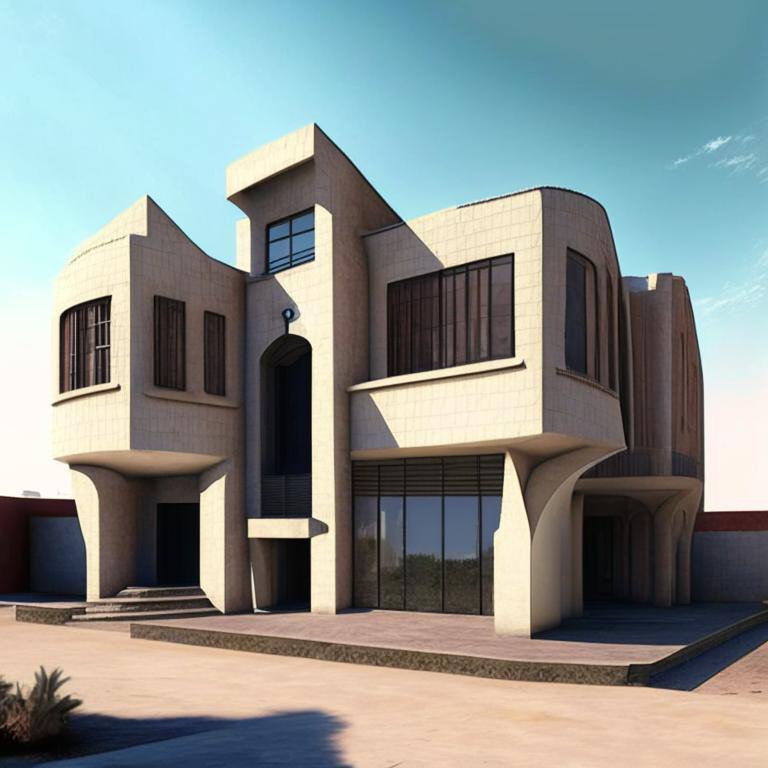
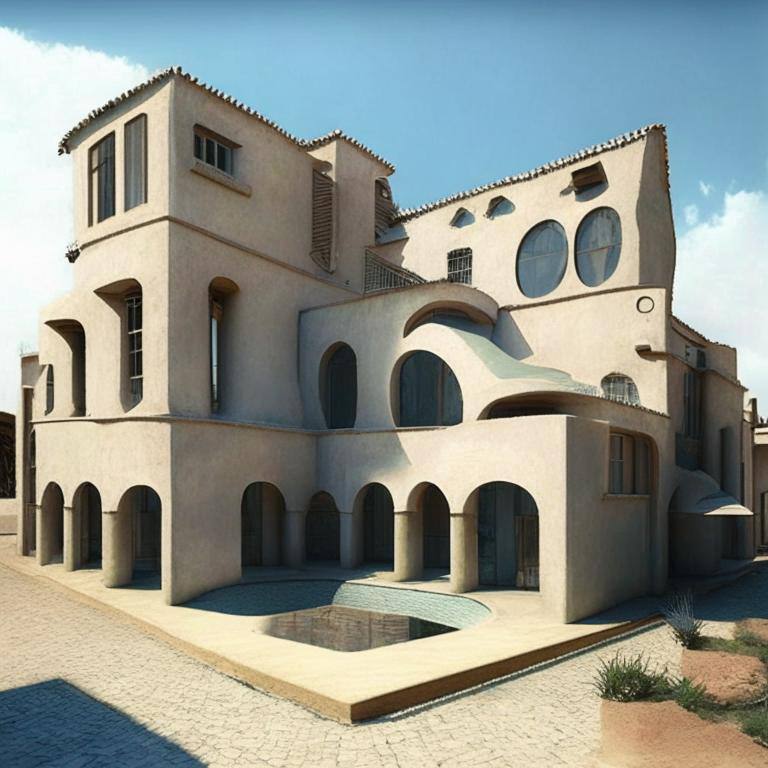
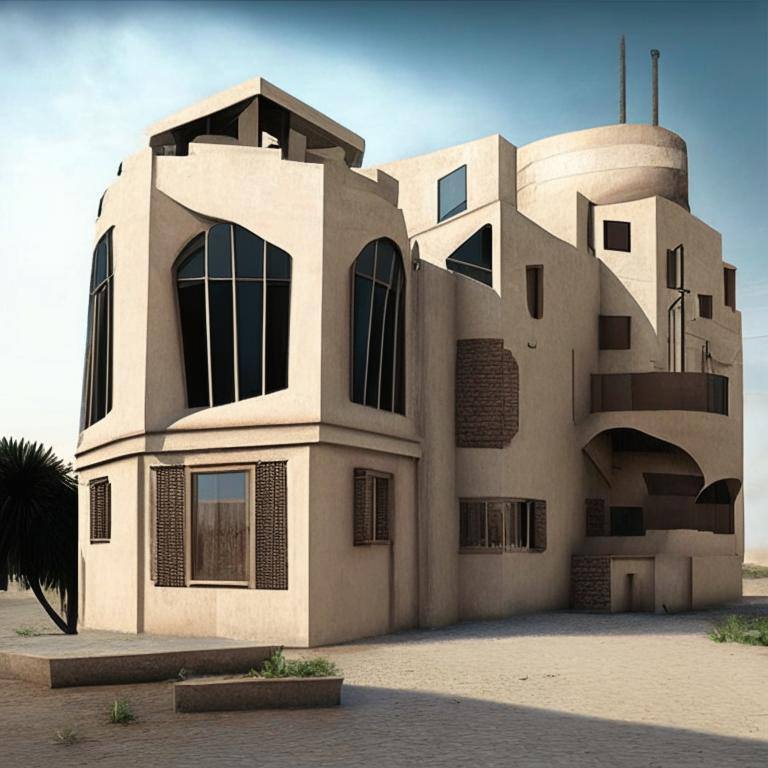
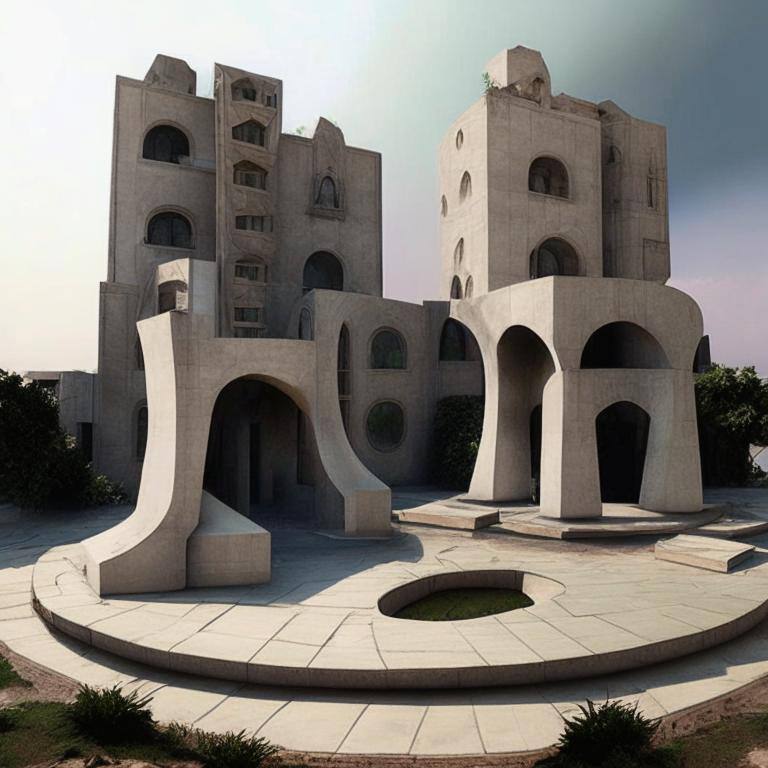
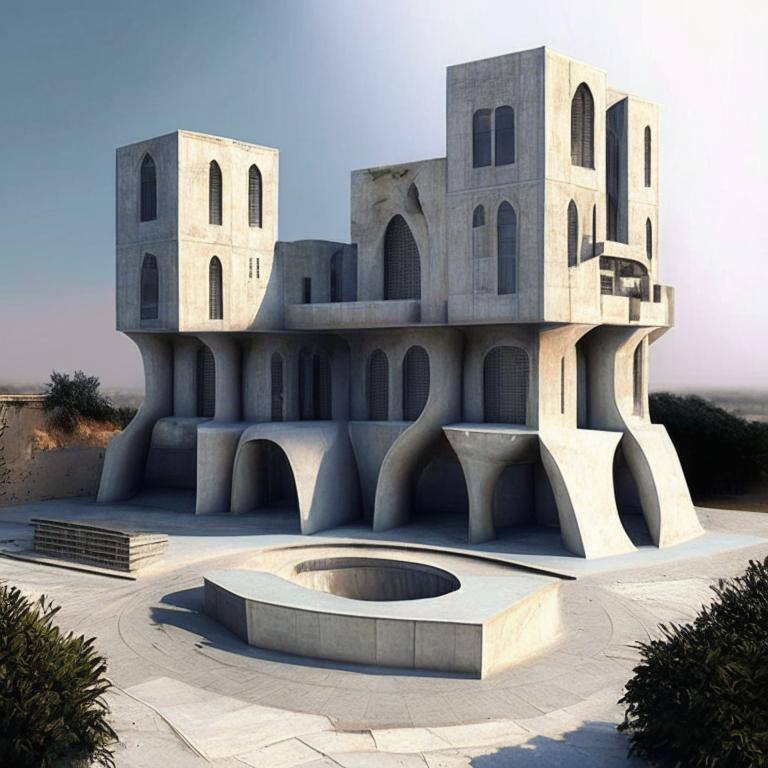
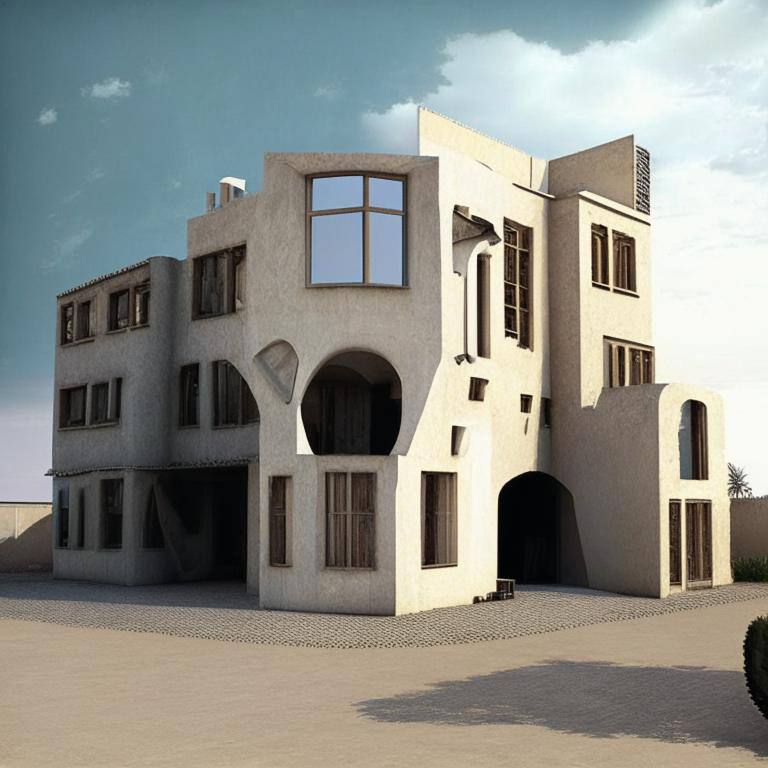
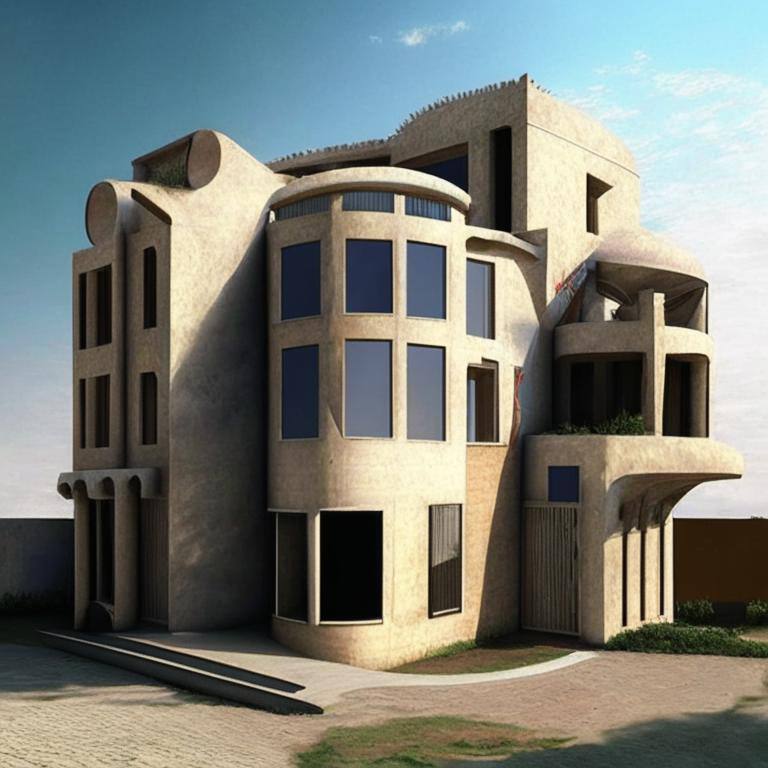

There is no comments